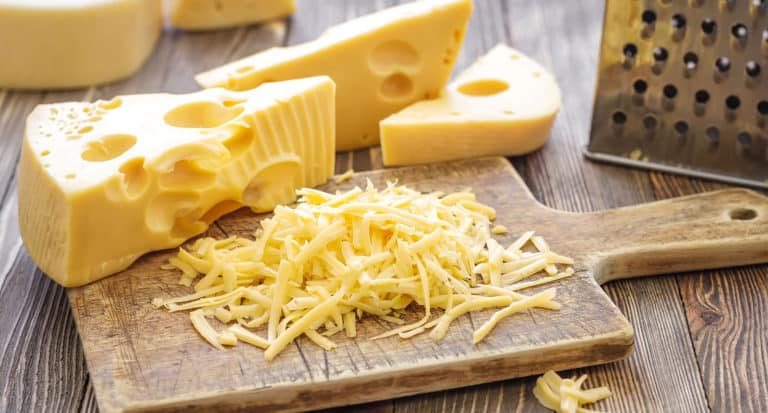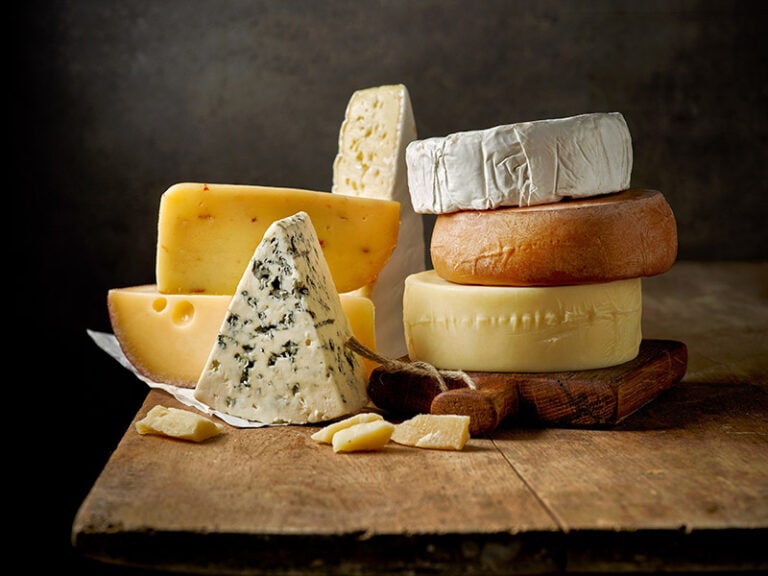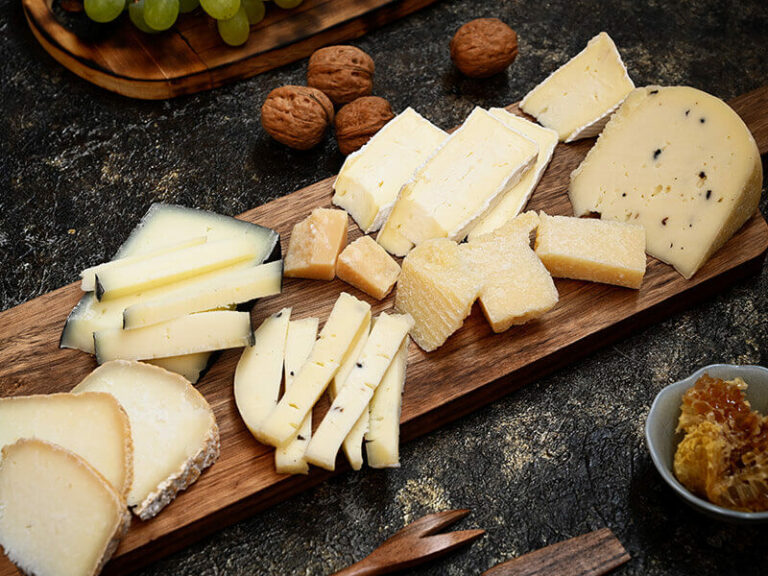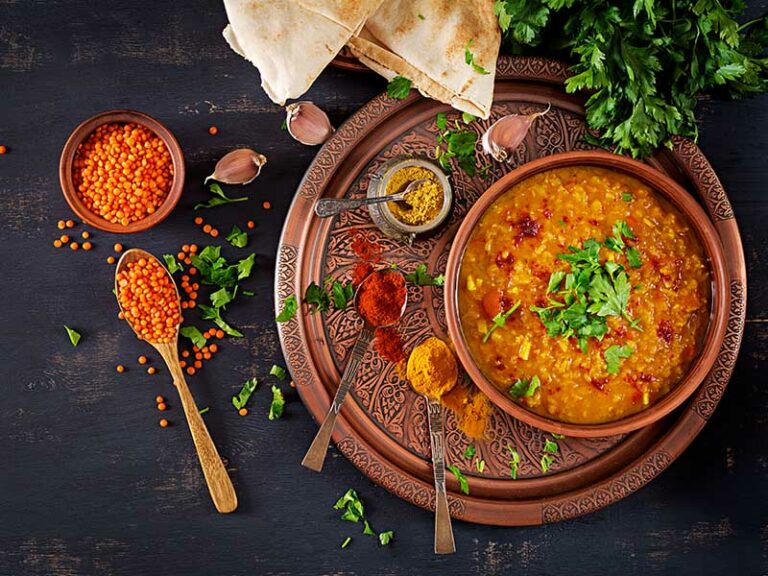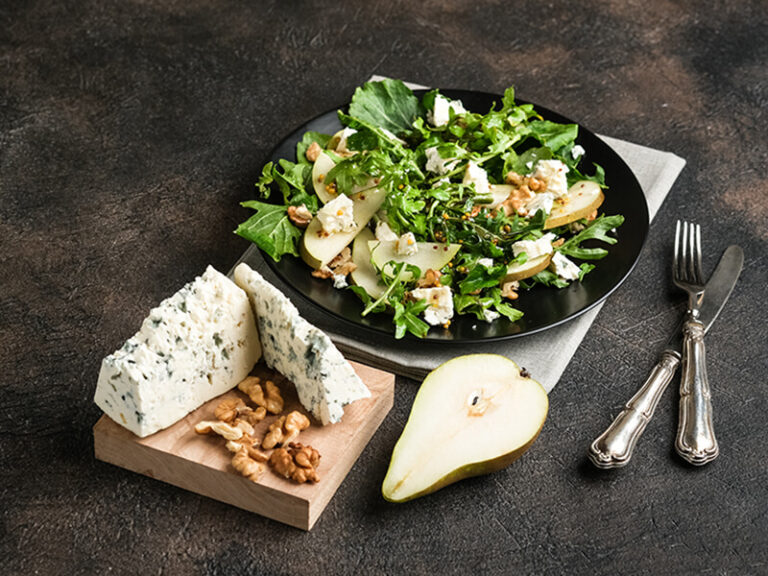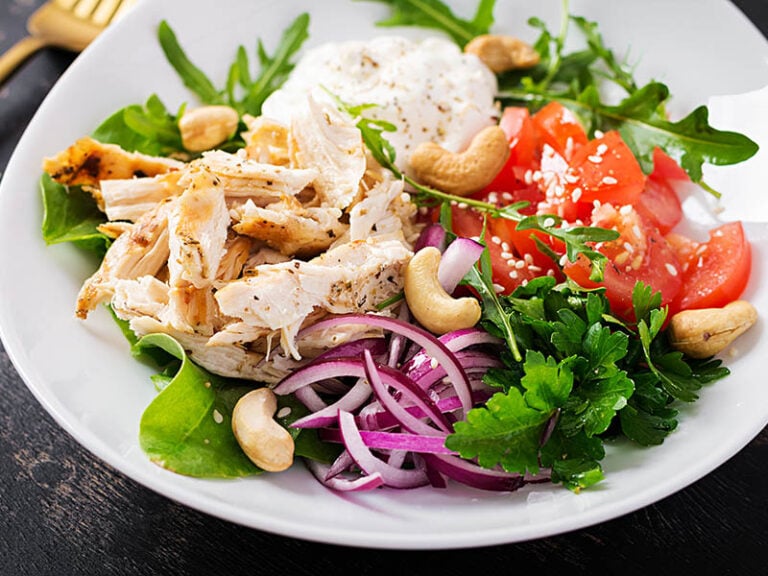Paneer cheese substitutes are the first topic you must learn when cooking an Indian curry. Because finding this cheese is sometimes challenging, knowing its appropriate substitutes will save you time spent looking for this ingredient.
This article will list a lot of paneer cheese substitutes suitable for cooking Indian food. No matter what you need, you can find vegan and non-vegan options here. Let’s dive into it!
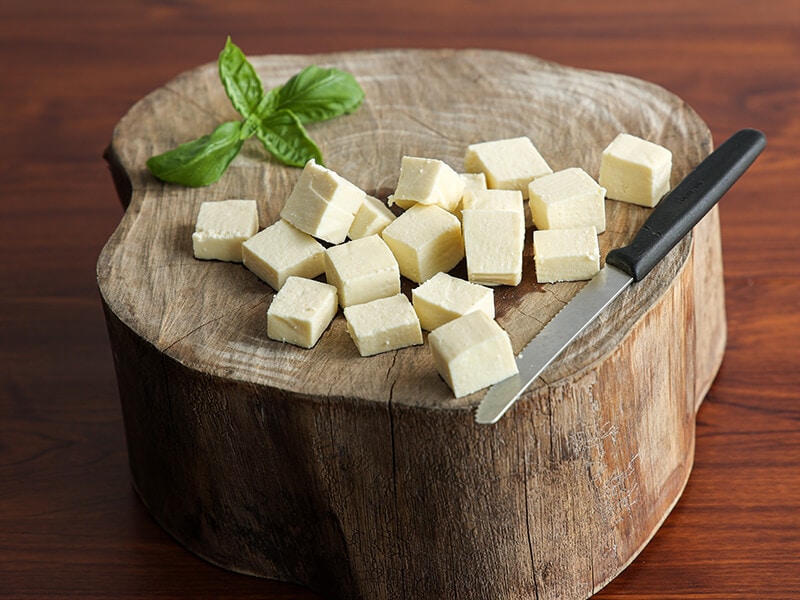
Paneer Cheese – The Soul Of The Indian Subcontinent
India has a tradition of using dairy products. Therefore, unlike most Asian countries, India is famous for its cheese, especially paneer. That is a fresh acid-set cheese popular in the Indian subcontinent.
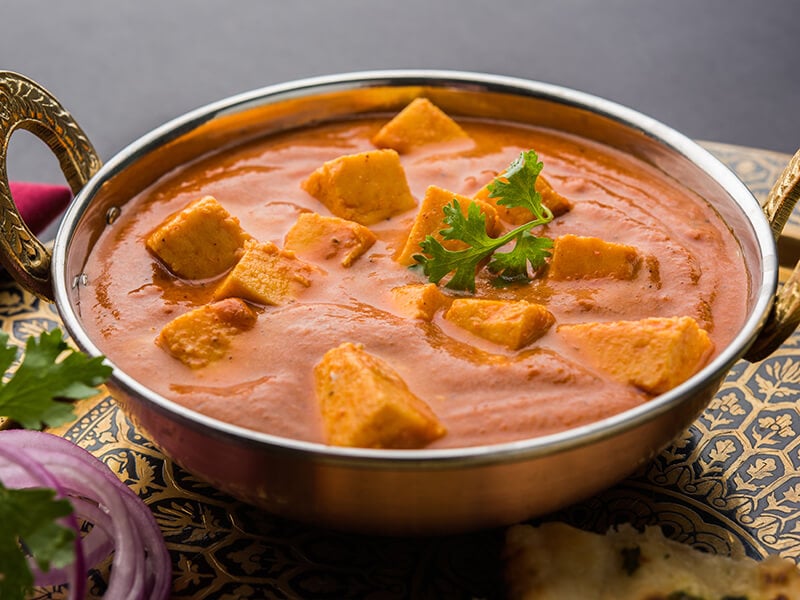
Origin
The origin of paneer is unclear. The most popular and reliable sources are two theories about the Persian invasions and Portuguese influence.
The initial assumption was that paneer came to India with the Mughals in the 13th and 14th centuries. Its name, “paneer,” originated from the word “panir,” meaning cheese in Persian.
However, the more recent theory claims that the Portuguese brought the techniques behind making paneer to India in the 17th century when they settled in Calcutta.
Characteristics
Despite its complex origin, paneer is now the most favored cheese in India. Usually, you can make the cheese from full-fat milk of buffalo or cow. It has a white color and soft texture with a mild and milky flavor as fresh cheese.
Paneer is a non-aged cheese since making a batch takes a few hours. You can make this cheese at home with basic ingredients, such as whole milk and food acid, similar to lemon juice or vinegar.
It is versatile with a beautiful flavor and goes well with many recipes. Usually, you can find it as a crucial ingredient in traditional Indian dishes, such as Palak paneer, paneer with spinach, cauliflower, and my favorite, curry with potatoes.
This type of Indian cheese is of great value for a diet because it is a wonderful source of fat, protein, and minerals like calcium and phosphorus. Thus, consuming paneer is good for people of all ages, including expectant mothers. (1)
Do you want to learn about the magic of making paneer cheese? Here is what you need to know.
Paneer Cheese Substitutes You Must Know
Are you in a hurry to learn about paneer cheese substitutes? This section is made to help you figure out the answer. No matter what you are looking for, a list of vegan and non-vegan substitutes and their detailed flavors can satisfy your curiosity.
Non-Vegan Substitutes
Finding substitutes for paneer cheese is simple, especially the non-vegan options. You can easily have one suitable alternative in both flavors and textures of various origins.
1. Circassian Cheese
Circassian cheese is a beautiful cheese from Russia. The cheese is used widely in the North Caucasus and Circassian diaspora, where it took its name.
Besides, there is no limitation on the source of milk. You can use cow, goat, or even sheep milk (pasteurized and unpasteurized) to make Circassian cheese. It has a white color, dense texture, and signature patterns since it is molded in baskets.
Since it has a high melting point, it is less likely to melt in fried and baked dishes. In terms of flavor, it has a mild taste. Pairing the cheese with salad will create a nutty flavor.
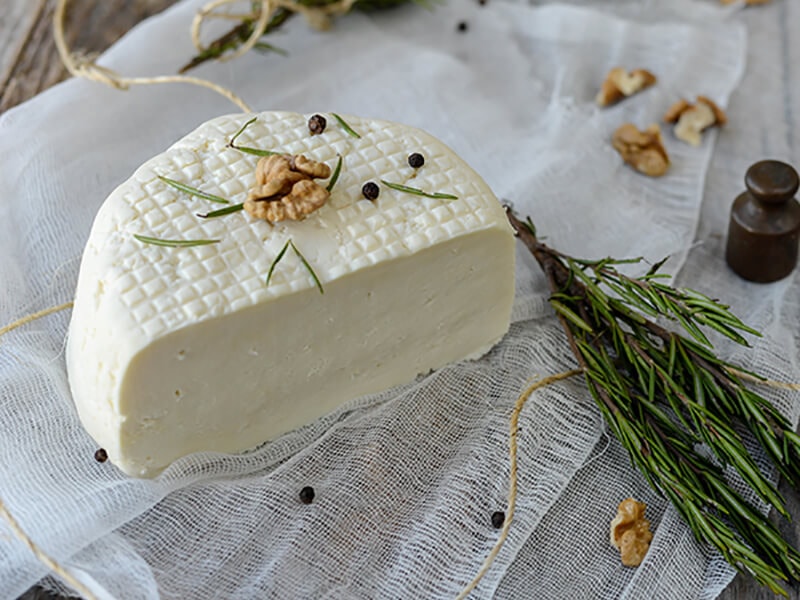
2. Panela Cheese
Like Circassian cheese, Panela is another cheese molded in baskets. It is a pasteurized cow’s milk cheese from Mexico with a mild flavor. Some other names of Panela cheese are queso panela, queso canasta, or queso de la canasta.
Panela cheese and paneer share many similarities. Both are fresh cheese, white in color, with a soft and creamy texture. Usually unsalted, Panela cheese doesn’t melt well, but it is good at absorbing flavors from spices, especially pairing with garlic and peppers.
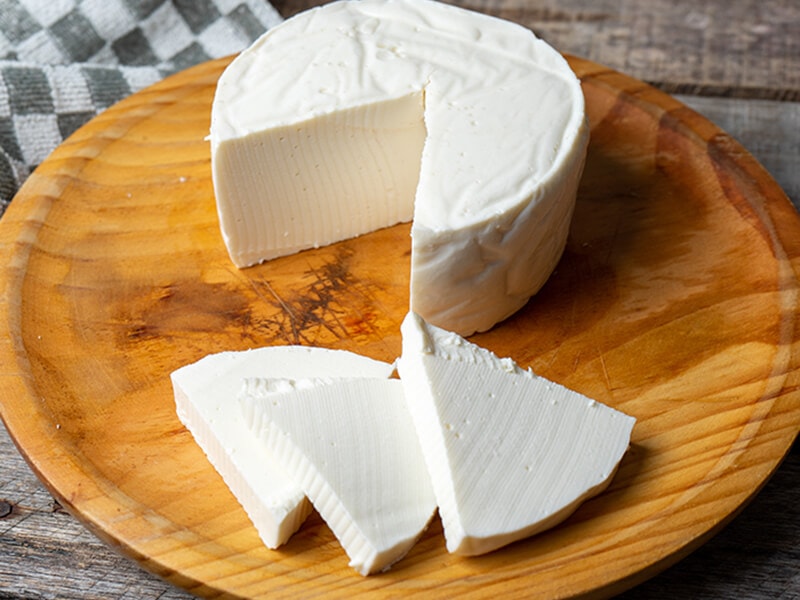
3. Cottage Cheese
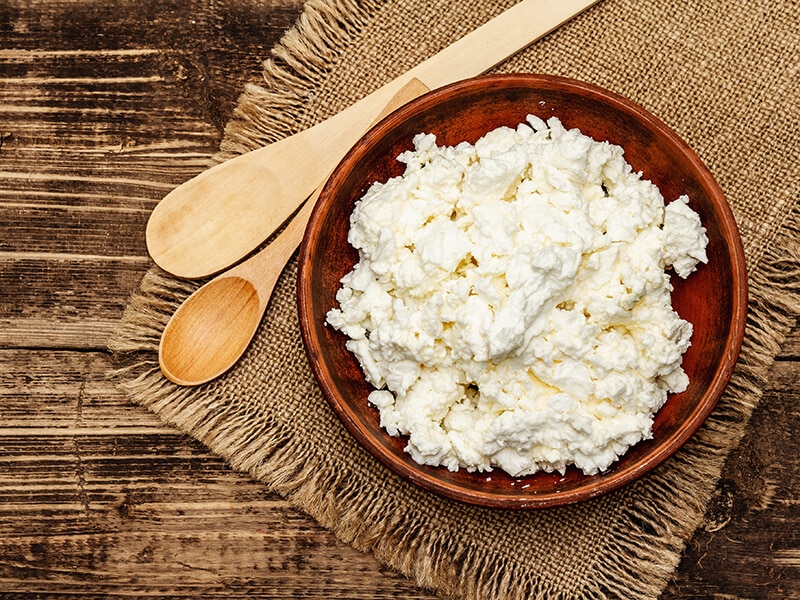
Like paneer, cottage cheese is a fresh cheese with white color and a smooth and soft texture. Created in Europe as farmhouse cheese, it entered America through European immigrants in the 19th century.
You can make cottage cheese at home because it is a rindless and unripened cheese. You can use cow’s milk (raw or pasteurized) and acid, such as lactic or food-grade acid, to make the cheese.
This type of rustic cheese is suitable to replace paneer as they’re both fresh cheese with a mild and milky taste. However, cottage cheese is a bit saltier and sourer than paneer.
Do you know that you can make paneer cheese from cottage cheese? First, you need to fry cottage cheese in butter until it clumps together. Squeeze out the grease, then drain the cheese for 10-15 minutes before cutting it into cubes. Your improvised paneer is now ready!.
The history of cottage cheese is richer than what you can imagine.
4. Halloumi Cheese
Cyprus is its home, though now the cheese is sold in many other countries. In the past, cheesemakers used goat’s or sheep’s milk to form the cheese. But now, industrial factories have begun using cow’s milk to make Halloumi cheese due to its lower price and availability.
In general, Halloumi is a semi-soft, unripened cheese with white color. The prominent flavor of this cheese is salty and tangy. This cheese is a bit plain with a rubbery texture when eaten raw. However, once the cheese is grilled, it develops a beautiful savory flavor.
Although Halloumi is one unique cheese with no acidity, it’s a good substitute for paneer in a pinch. You can replace paneer with Halloumi in a dish with a more decadent flavor or good frying cheese.
Some people asked me whether they could use Halloumi instead of paneer in curry. The answer is an absolute yes. This cheese can create a creamy and delicious curry that you won’t forget anytime soon.
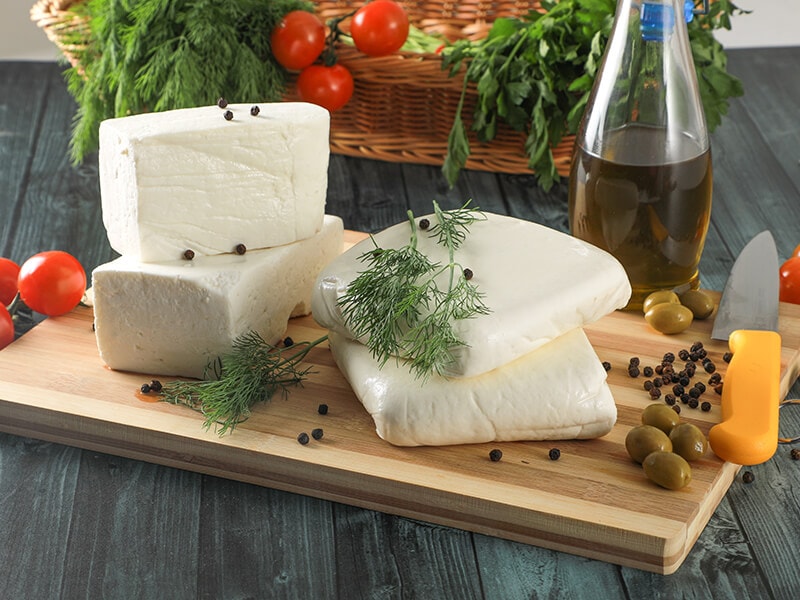
5. Feta Cheese
Feta cheese is an iconic Greek dairy product. The name feta means “slice” in Greek, referring to the method of slicing cheese and putting it in barrels. The EU recognizes this delicacy as a PDO (Protected Designation of Origin) product, proving its excellent quality.
Traditionally, feta is made from sheep’s milk, an essential part of Greek meals. Nowadays, under the PDO label, cheesemakers can produce feta cheese by mixing sheep’s milk with a maximum of 30% goat’s milk.
Although feta is brined cheese with an aging time of up to 4-6 weeks, it is still a soft cheese. Feta has a crumbly, creamy texture and fat content similar to paneer. However, as it is pickled, feta develops a tangy and salty flavor.
If your recipe requires a strong taste, consider substituting feta for the paneer. It is excellent for your curries and soup because the cheese doesn’t melt.
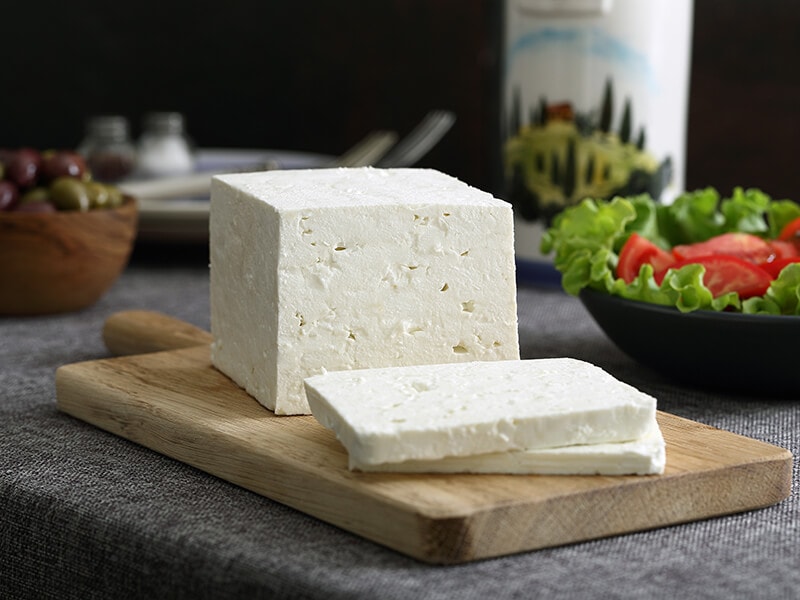
6. Mozzarella
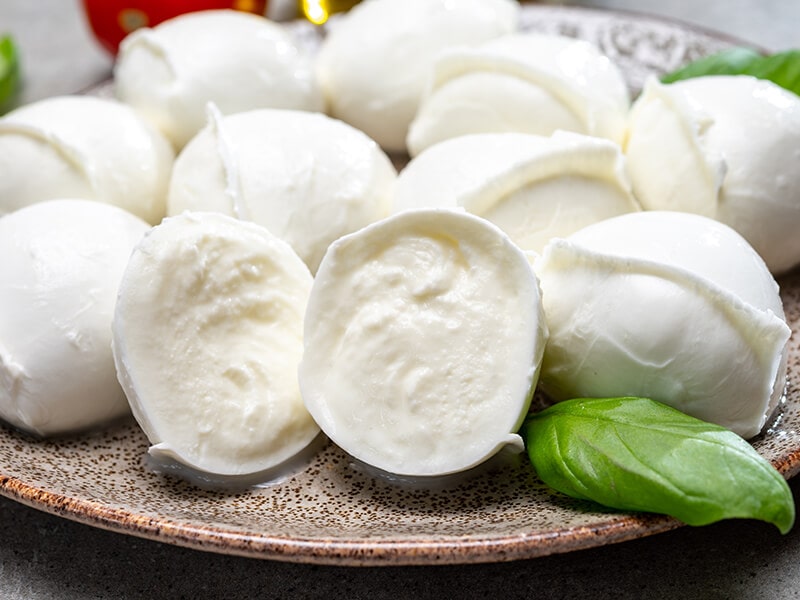
As you may know, another name for mozzarella is “white gold,” a famous cheese from southern Italy. This versatile and widely available cheese variety appears in many different recipes worldwide.
Water buffalo milk is the crucial ingredient in making mozzarella. Compared to typical cow’s milk, buffalo milk is healthier, with higher calcium and protein content and lower cholesterol. (2)
Mozzarella and paneer are slightly different in terms of flavor. Relatively, mozzarella has a mild taste and can’t compare to paneer. Besides, the former is good for melting, while the latter is not.
However, as both kinds of cheese are fresh and soft, they share a similar crumbly texture in the raw form. So, substituting fresh mozzarella for raw paneer in a salad, sandwich, or simple toppings is a good idea.
Have you ever seen the production of mozzarella? Let’s discover the process here.
7. Camembert
Moist, crumbly, and soft-ripened with white rind are what you can imagine about Camembert cheese. A farmer named Marie Harel made it in the 18th century in Camembert, Normandy, in northwest France.
It is a processed cheese with unpasteurized cow’s milk as the primary material. Camembert takes at least three weeks for aging to create a creamy and nutty taste. This cheese melts well, so it is unsuitable for replacing paneer in curry dishes.
However, Camembert is relatively easy to access. Therefore, in urgent situations, you can consider taking it instead of paneer for your paneer parathas, salads, and pasta.
Plus, the aroma of Camembert is pretty strong, with mushroomy, eggy, and garlicky notes, so you can use spices to reduce this pungent smell.
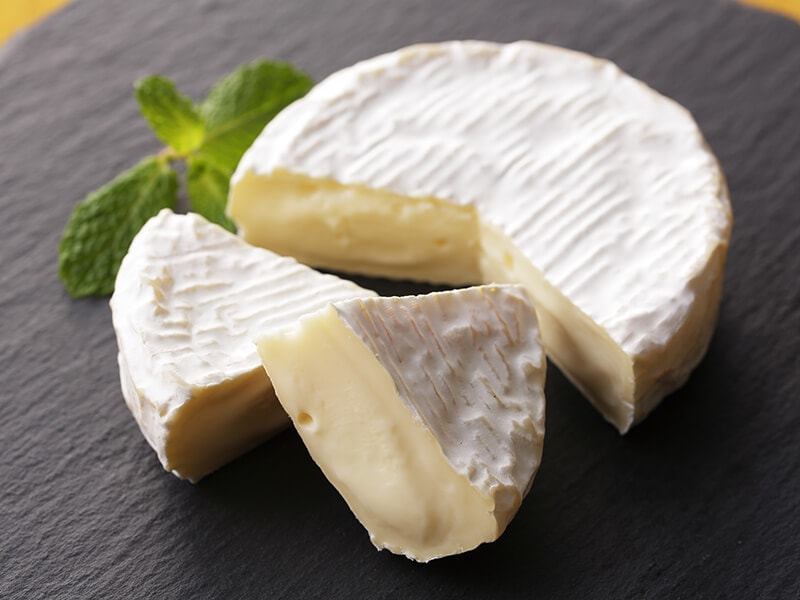
8. Queso Fresco
In the family of Mexican cheese, Queso fresco is the best paneer substitute. In Spanish, queso fresco means fresh cheese. Rennet and raw cow’s milk (sometimes mixed with goat’s milk) are indispensable to making this cheese.
Replacing queso fresco with paneer will bring you great satisfaction. This white cheese has a crumbly soft texture and does not melt when heated. Therefore, it can replace paneer perfectly in curries.
Besides having a mild taste with salty and acidic flavors, queso fresco is famous for its health benefits. It has low sodium and fat content. Thus, it’s a great choice compared to other aged cheeses.
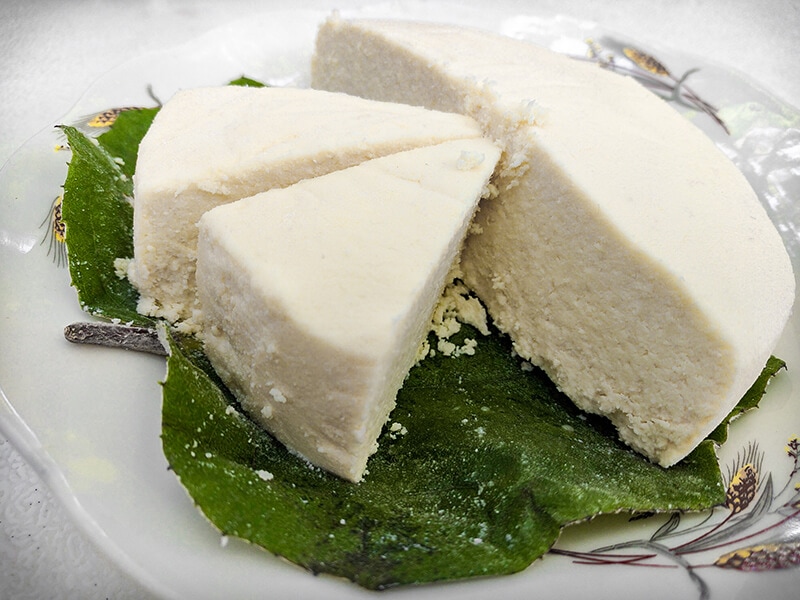
9. Well-Drained Ricotta
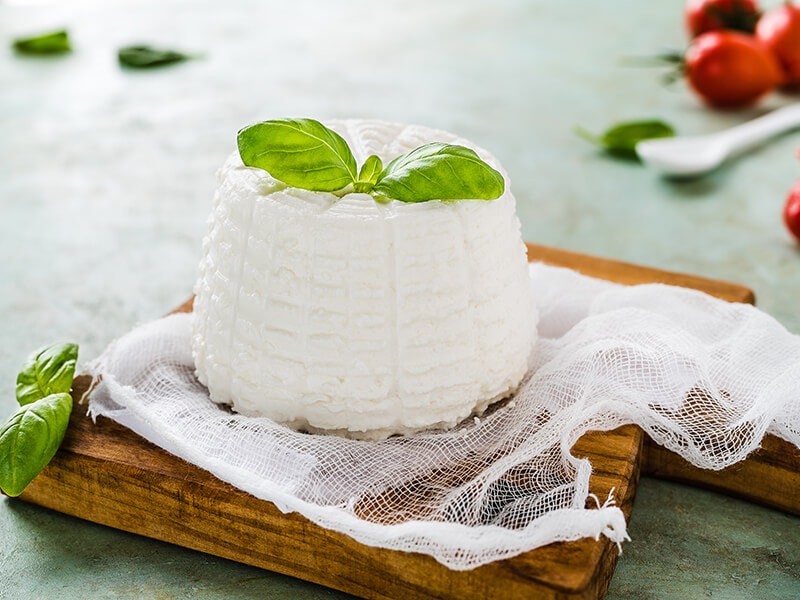
When it comes to a fresh cheese alternative list, ricotta is always a potential candidate. It is a cheese from Italy made from the whole milk of a cow, goat, or sheep. The term “ricotta” literally means recooked, indicating the cheese-making method.
However, there are two types of ricotta: fresh and well-drained. While the former is creamier and tastier, the latter is suitable for baked goods as it has less moisture to prevent soggy crusts. I recommend well-drained ricotta to replace paneer.
The white color and thickness are signature traits that make it a suitable substitute. Its sweetness and mellow flavor pair well with Indian foods like curry. Having the cheese will bring a beautiful nutty flavor to the goodness.
Ricotta is easy to strain: all you need is a bowl, a strainer, cheesecloth, and something heavy. First, put the strainer over the bowl. Then, put the fresh ricotta on the strainer. Use plastic wrap over the cheese and place a heavy object on top.
How long you should drain the cheese depends on what kind of consistency you want: the time can range from 30 minutes to 8 hours.
This is all the tricks you need to know when draining ricotta at home.
Vegan Substitutes
Read on if you are looking for an alternative that is 100% animal-free. Despite using no milk, these vegan alternatives can mimic paneer cheese exactly.
10. Tofu
Tofu is an ideal and easy-to-find choice if you want a vegan substitute for cheese. It originates from China and is popular in Asian dishes. Although tofu is 100% made from soy milk, it mimics paneer’s same mild and creamy flavor.
Texture-wise, tofu can range from soft to firm. You can easily pick one that meets your cooking demand, though firm or extra-firm tofu is an especially good substitute for paneer in curries, soups, and other dishes.
Because tofu is not cheese, it doesn’t melt when cooked, similar to paneer. This dairy product is versatile; you can cut it into cubes or drain it to remove the fluid before drying, grazing, or crusting it.
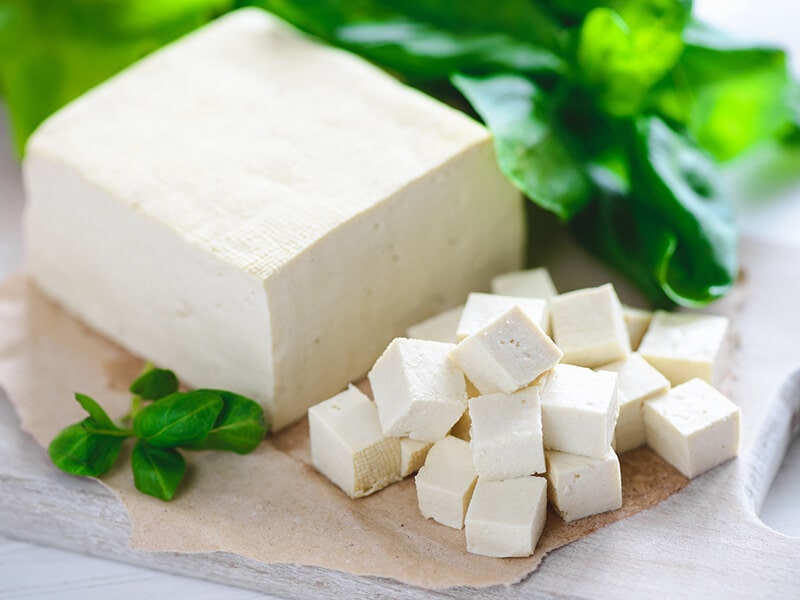
11. Chickpea Tofu
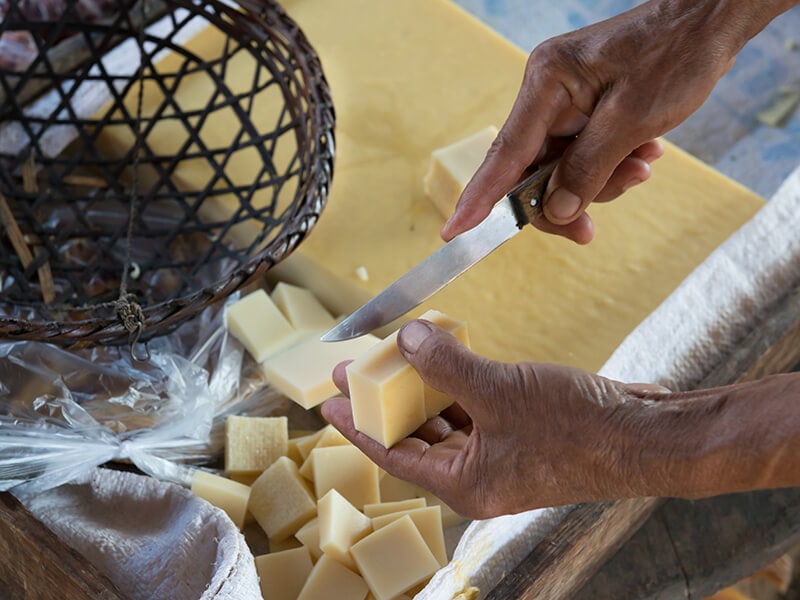
Chickpea tofu, or Burmese tofu, is made by Shan people living in Southeast Asia. This is a variation of standard tofu, which is mainly made from chickpeas. It can give your salads, pasta, or curry dishes a refreshing taste.
Although chickpea tofu is not as popular as firm tofu, it is also a good paneer substitute to take note of if you wish to expand the substitute list. It boasts a creamy, silky texture and neutral flavor with eggy undertones.
If you have a lot of chickpea flour, how about creating homemade chickpea tofu?
FAQs
As always, this section is reversed for the frequently asked questions. If you still have a few questions, I’m sure you can find the answers here.
No Paneer Available? No Problem!
I hope this list is helpful for you when you have no paneer available for cooking. And to you, vegans, now you can enjoy your curry cooking without breaking your brain to find a suitable replacement for this cheese.
Do you have friends who also have trouble with paneer cheese substitutes? You can help them by sharing this article. Otherwise, if you have valuable tips for using these alternatives, please write suggestions in the comment section. I’m grateful for your contribution!
References
- Kumar, S. et al. (2014) paneer-an Indian soft cheese variant: A Review, Journal of food science and technology. U.S. National Library of Medicine.
- Vargas-Ramella, M. et al. (2021) Buffalo Milk as a source of probiotic functional products, Microorganisms. U.S. National Library of Medicine.

